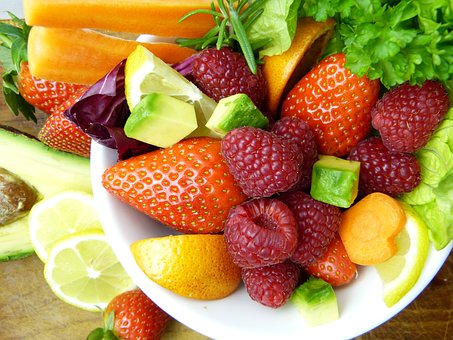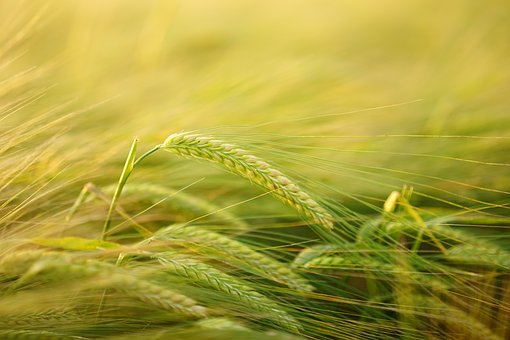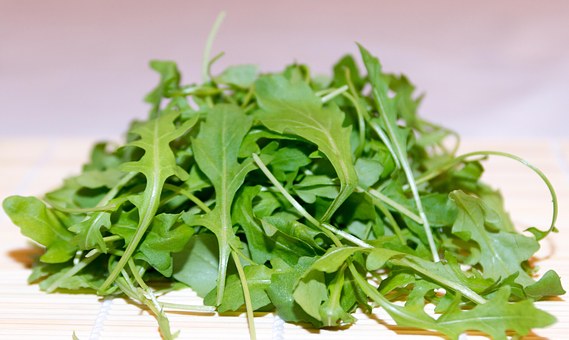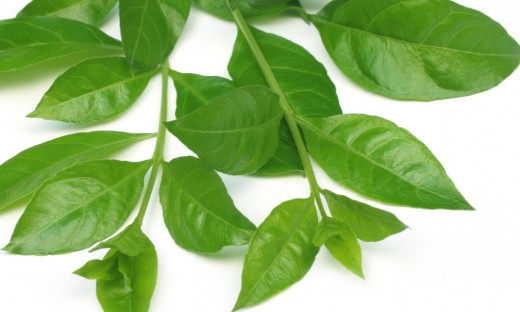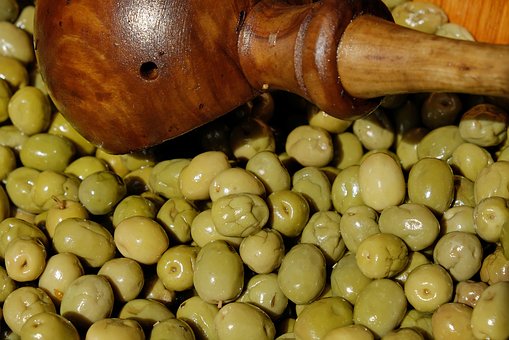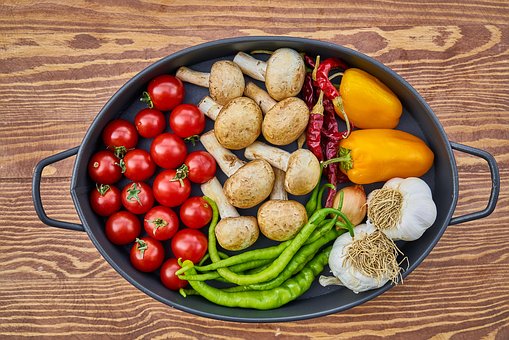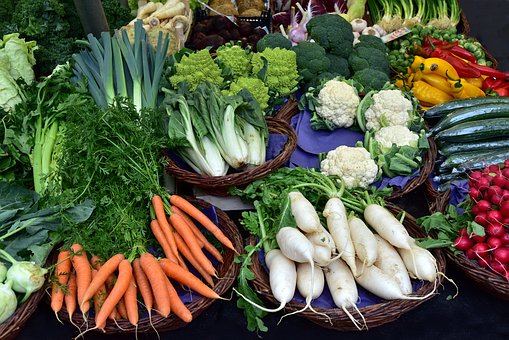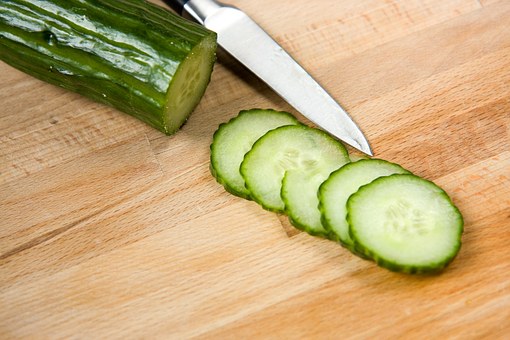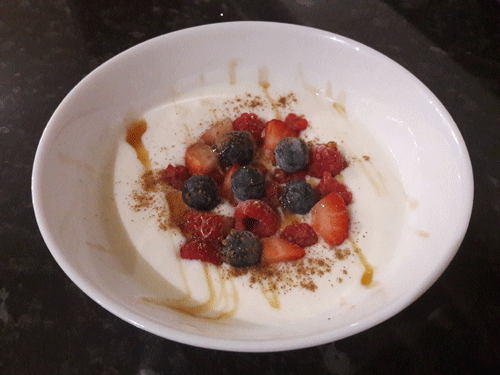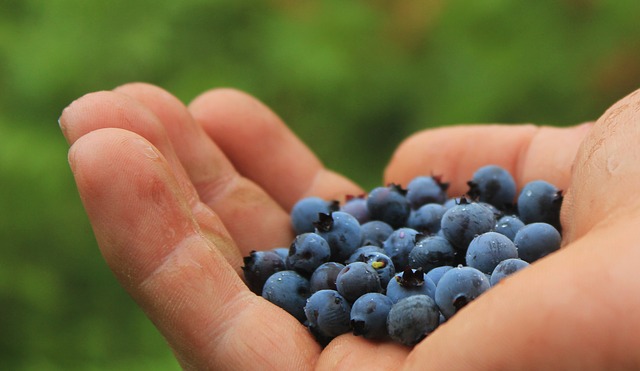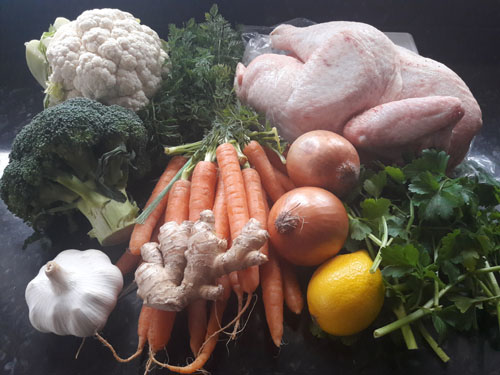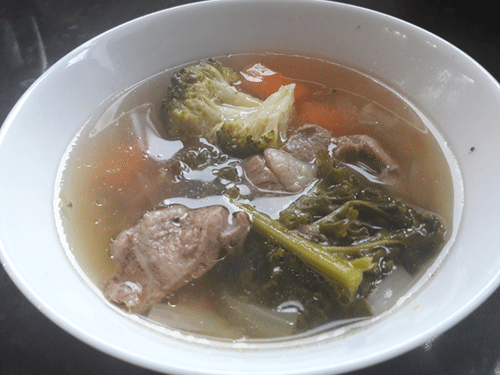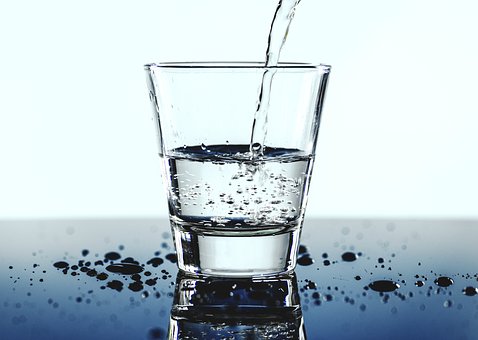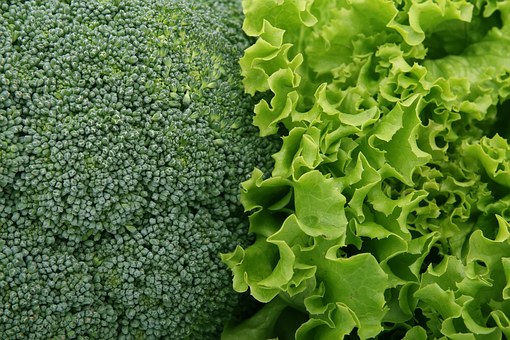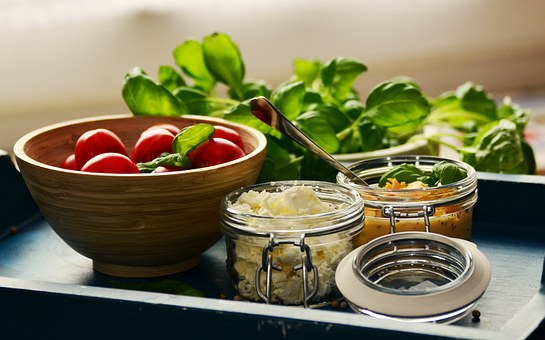The Mineral Iron Is Essential For Good Health
© HealthyMuslim. See Terms and Conditions
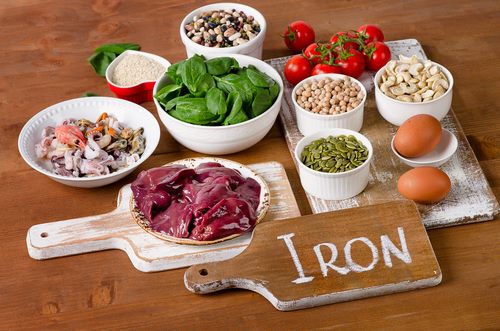
As well as circulating in the blood, iron is also stored in the liver and other organs, and is available to make up for day-to-day variations in the amount of iron in the diet.
There are two types of iron in food:
- haem iron found in meat and organ meats (essentially the iron from blood and muscle)
- non-haem iron derived from some plants, grains and nuts.
However, iron is poorly absorbed from foods. The body can absorb:
Iron from animal sources is better absorbed than that from other foods. This is because vegetable sources of iron, including wholegrains and beans, also contain salts (oxalates and phytates) that affect how well the body can absorb the iron. This means you need to eat a lot more to get the iron that your body requires.
Tannins from tea are another substance that can adversely affect iron absorption, especially in people that have poor diets and drink large amounts of strong tea. Oily fish and egg yolks are quite rich in iron, but also contain substances that affect your body's ability to absorb the iron.
How much iron the body can absorb also depends upon the presence of Vitamin C and folic acid, which improve your body's uptake of this mineral. All iron is better absorbed in the presence of Vitamin C. Eating plenty of fresh fruits, vegetables and salads, as well as drinking fresh juice in the morning can make a substantial difference to levels of iron in the blood.
Women need twice as much iron as men to compensate for their monthly blood loss, and they need even more during pregnancy to make sure that enough is passed to the baby and stored by the mother in preparation for breastfeeding. This means that many people can often become deficient in iron, especially women of child-bearing age and many children, who do not get enough iron from their food and are consequently likely to become anaemic, one of the commonest nutritional disorders.
Iron Deficiency
The body needs iron, vitamin B12 and folic acid (one of the B group of vitamins) to produce more red blood cells. A lack of one or more of these nutrients will result in anaemia.
Excessive fatigue, hair loss, pale skin and gums, feeling tired, headaches and shortness of breath are all signs of iron deficiency.
Sources of iron include:
- apricots, blackcurrants, figs, prunes, raisins
- beans (including baked beans), lentils
- broccoli, curly kale, peas, savoy cabbage, spinach, watercress
- lean red meat, poultry, liver, kidney
- mackerel, oysters, sardines, tuna
- nuts
- wholegrains.
Link to this article: Show: HTML Link • Full Link • Short Link
Share or Bookmark this page: You will need to have an account with the selected service in order to post links or bookmark this page.





|
Related Articles:
- Increase Your Energy Levels by Eating the Right Foods
- Beetroot Purifies the Blood, Provides Energy and Fights Disease
- The Mineral Iron Is Essential For Good Health
- Zinc: A Key Mineral for Fertility, Resistance to Disease and Overall Good Health
- Vitamins and Minerals Associated With Reducing Eczema in Children
- Magnesium: A Marvelous Mineral
- Nutrition Basics: Know Your Minerals: Iron
You must be registered and logged in to comment.
Most Popular
Latest Articles
Popular Subjects
Health, fitness and longevity
Based upon the principles of health
in the Qur'an and Prophetic Traditions.
HealthyMuslim.Com
There are two bounties in which
most people lose out: good health
and free time. Al-Bukhari.





